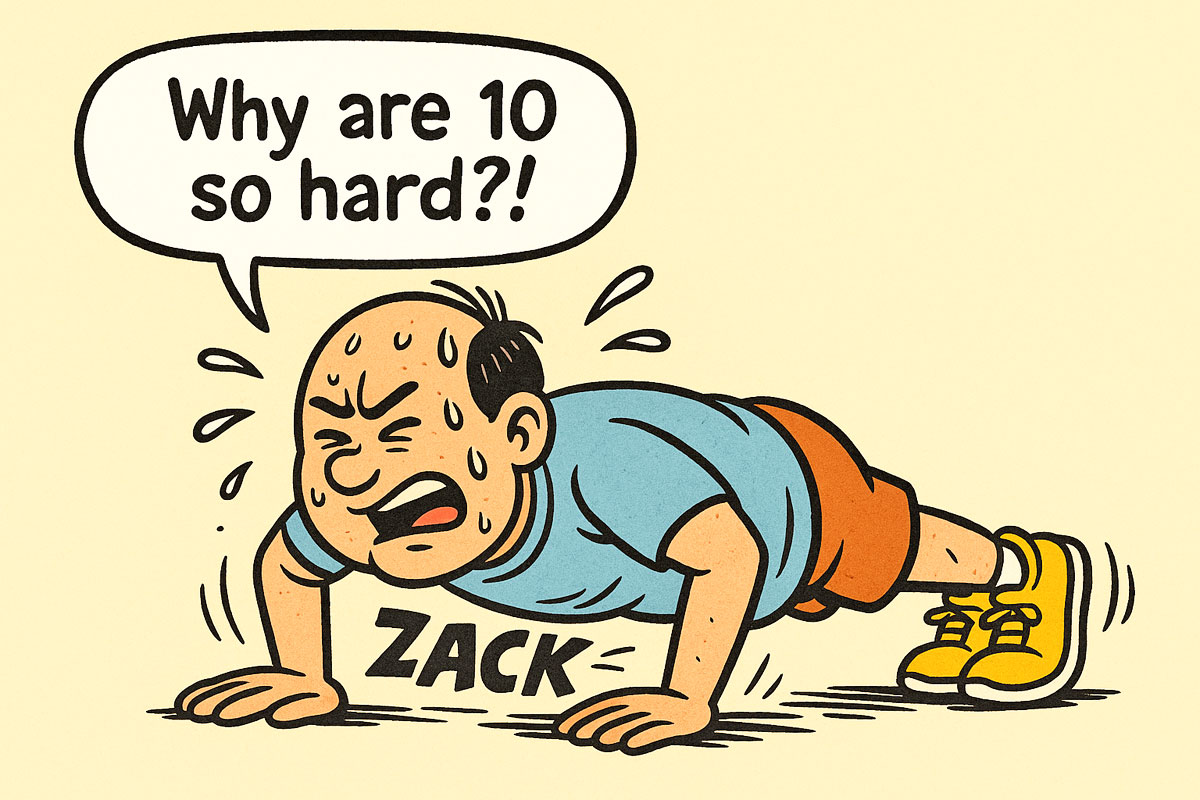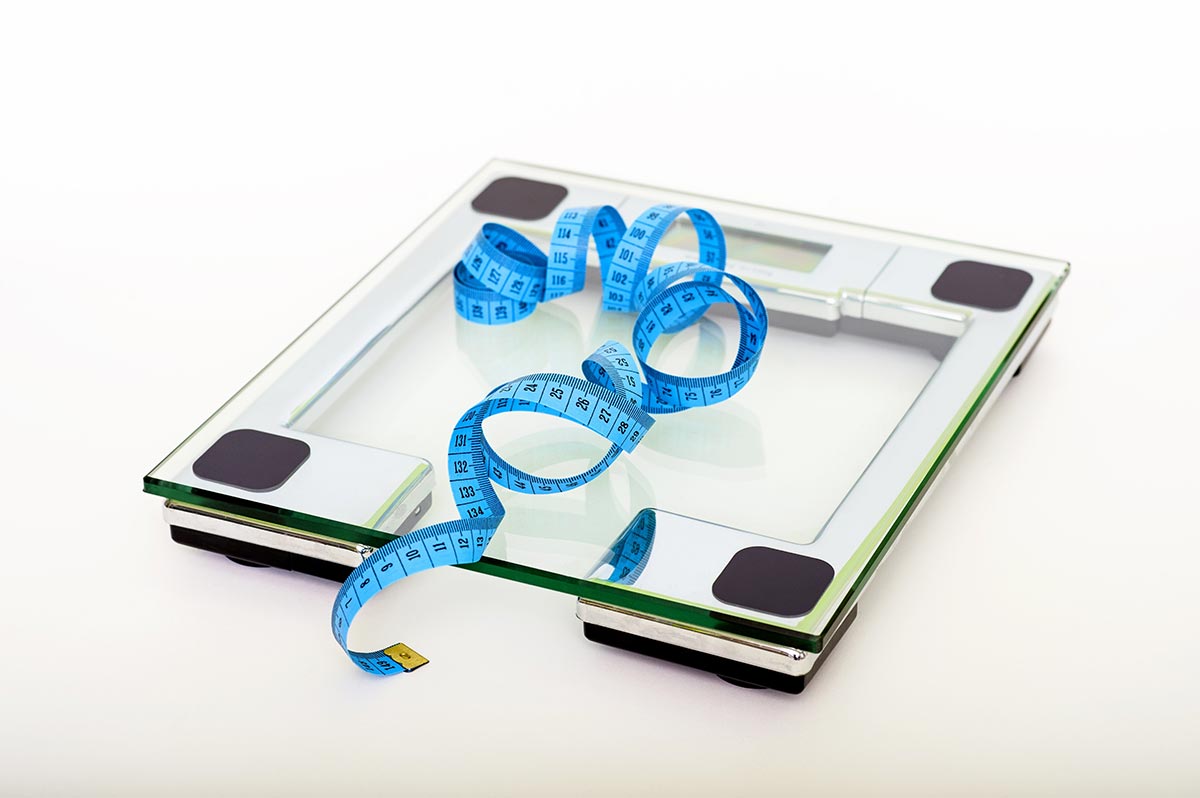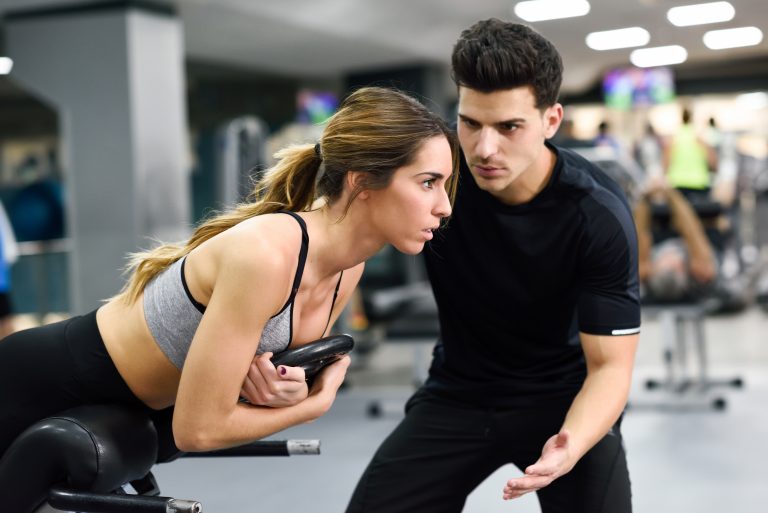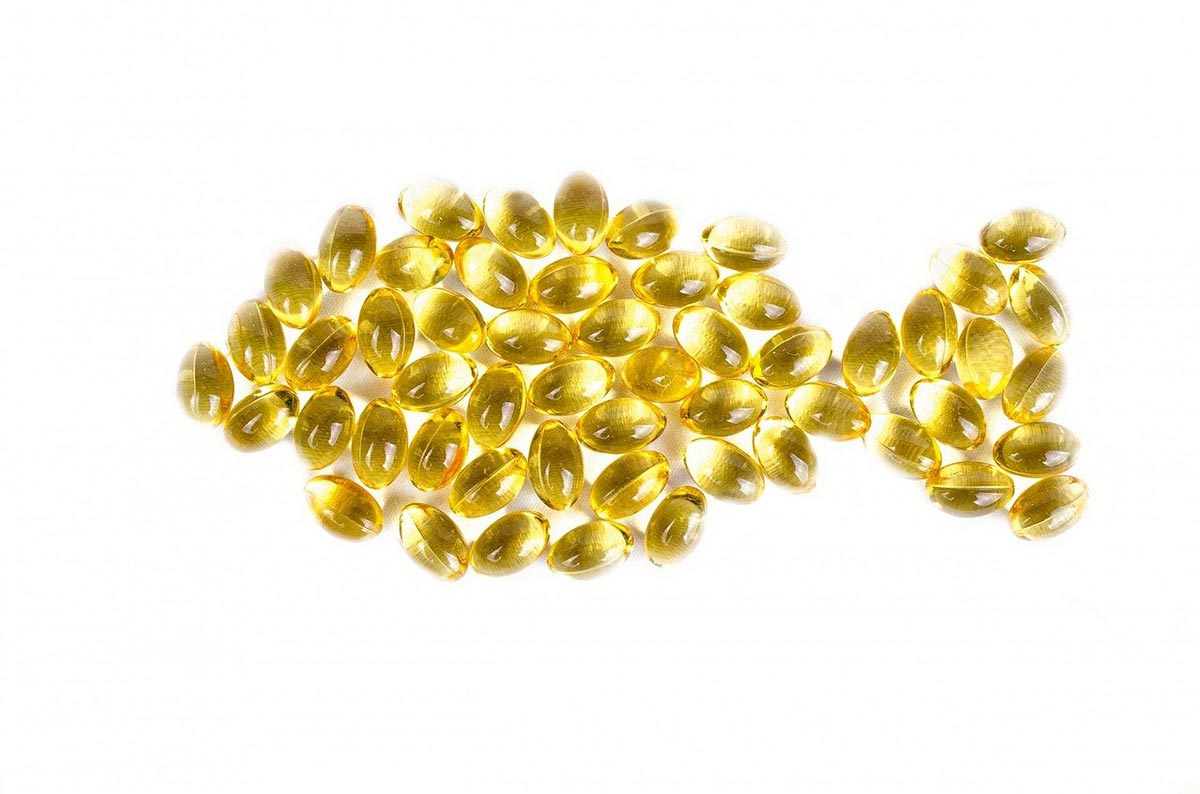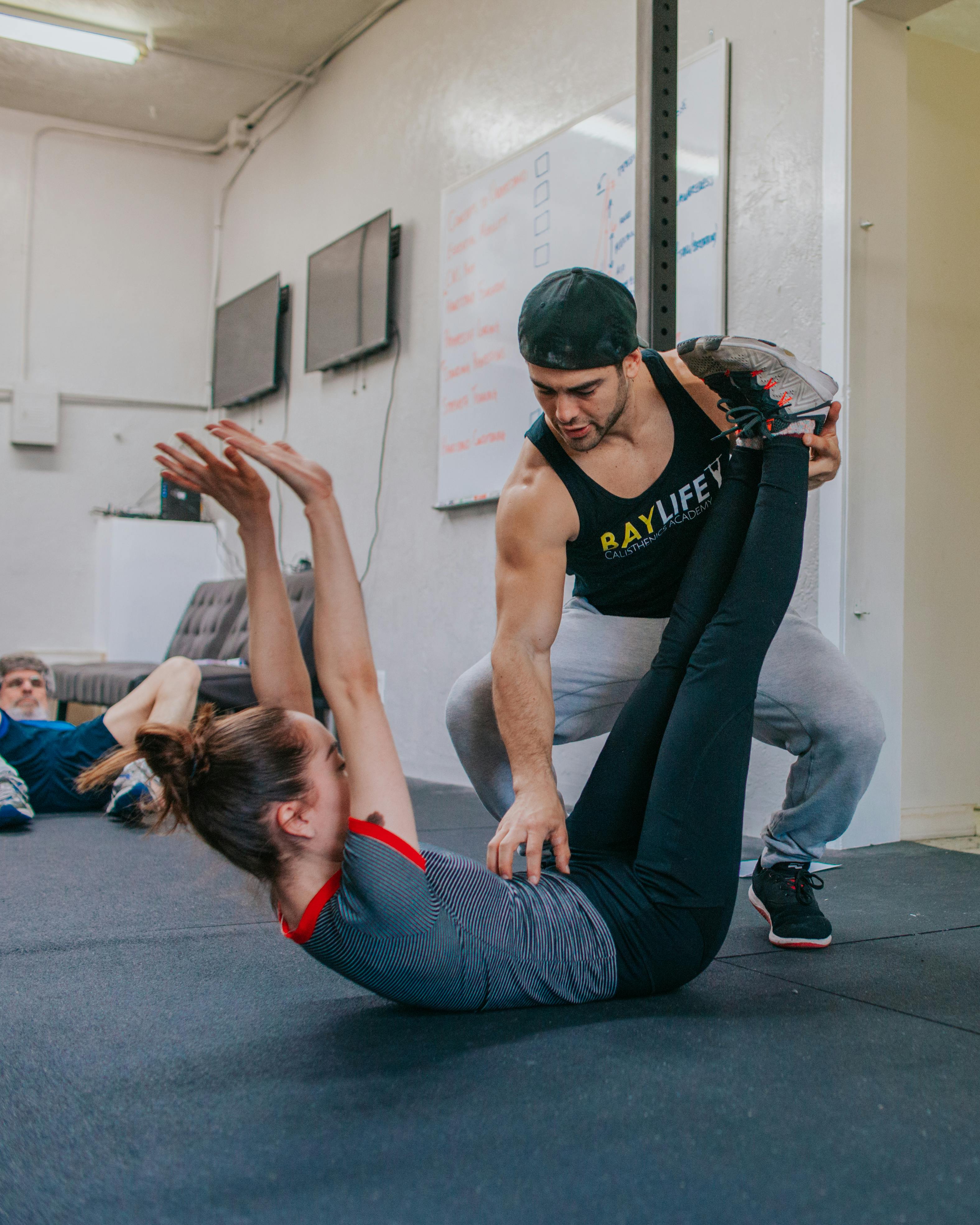Let’s be honest: your days of a sharp-cut Marine stance might already be behind you. But that doesn’t mean you can’t still measure your fitness in ways that matter – without paying $200 a month for a boutique gym or pretending you’re auditioning for the next Top Gun sequel. Fitness isn’t about screaming drill sergeants or military-grade pain; it’s about knowing where you stand, and maybe laughing at yourself in the process. And no, you don’t need Canadian healthcare to survive these tests, although it would come in handy if you overdo it.
Strength: Push-ups vs. Patriotic Pull-ups
The US Marines Physical Fitness Test demands pull-ups like you’re scaling enemy walls. But for the rest of us mortals, push-ups are enough. Classic form: arms straight, chest nearly kissing the floor, no hips sagging like a hammock. Count how many you can do without collapsing. This test mirrors your core and upper body strength – and yes, it’s humbling. If you want a leg alternative, the Wall Sit will torch your quads until you wonder why you ever skipped leg day.
| Age | Good (men) | Good (women) | Average (men) | Average (women) |
|---|---|---|---|---|
| 20-29 | 40+ | 25+ | 25-39 | 15-24 |
| 30-39 | 35+ | 20+ | 20-34 | 12-19 |
| 40-49 | 30+ | 15+ | 15-29 | 10-14 |
| 50+ | 20+ | 10+ | 10-19 | 5-9 |
Endurance: One Mile Beats Three
The Marines run three miles. You don’t need to. A simple one-mile walk or jog at your best pace is enough to show if your heart and lungs are pulling their weight. If you want extra irony, do the three-minute step test: step up and down a 12-inch platform for three minutes, then check your pulse. If your heart rate plummets quickly, congratulations – you’re basically Canadian. If not, at least you’re American: world champions in cheeseburgers per capita.
| Age | Very fit (men) | Very fit (women) | Average (men) | Average (women) |
|---|---|---|---|---|
| 20-29 | <12 min | <13 min | 13-15 min | 14-16 min |
| 30-39 | <12:30 | <13:30 | 13:30-16 | 14:30-17 |
| 40-49 | <13 | <14 | 14-17 | 15-18 |
| 50+ | <14 | <15 | 15-18 | 16-20 |
Flexibility: Touch Your Toes, Not the Flag
Flexibility is the quiet sibling of fitness. You only realize its worth when you struggle to tie your shoes without sounding like a creaky door. Try the sit-and-reach: sit with legs extended, feet flat against a wall, and reach forward. If your fingers pass your toes, you’re golden. If not, don’t panic – you’re in the statistical majority. In Canada, this would be the moment physio is covered by tax dollars. In the US? Get your credit card ready.
| Result | Evaluation |
|---|---|
| >10 cm past toes | Excellent |
| Touch toes | Good |
| -1 to -5 cm | Average |
| <-5 cm | Poor |
Balance: One Leg, One Nation
The one-leg stand test is gloriously simple: stand on one foot, close your eyes, and count. If you hit 30 seconds or more, you’re doing well. If you wobble like a drunken flamingo after five seconds, maybe practice before bragging on Instagram. Balance reduces fall risk, keeps you coordinated, and ensures you don’t trip over your own patriotism on July 4th.
| Duration | Evaluation |
|---|---|
| >45 seconds | Top |
| 30-44 seconds | Good |
| 15-29 seconds | Average |
| <15 seconds | Weak |
The Canada Factor
Here’s the twist: while Americans sweat through self-tests and hope insurance will cover the aftermath, Canadians smile, knowing their healthcare is publicly funded. Universal coverage doesn’t make them fitter, but it sure makes failing less terrifying. In other words, their cheat code isn’t better abs – it’s better policy. And yes, it stings a little.
Reality Check
You don’t need to run three miles, scream “Oorah!” or break bank accounts for Technogym equipment to know your fitness baseline. Push-ups, a mile walk, a stretch and a balance test will already expose your strengths and weaknesses. From there, training is just a matter of consistency and a sense of humor. Remember: you’re not aiming to be a Marine – you’re aiming not to grunt like one every time you climb the stairs.
Sources
American College of Sports Medicine. ACSM’s Guidelines for Exercise Testing and Prescription. 11th ed. Lippincott Williams & Wilkins, 2021.
Centers for Disease Control and Prevention (CDC). “Physical Activity Guidelines for Americans.” 2nd edition, 2018.
U.S. Marine Corps. Physical Fitness Test and Body Composition Program Manual, 2022.
Canadian Institute for Health Information (CIHI). “Health System Overview: Canada,” 2023.
